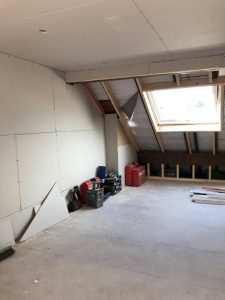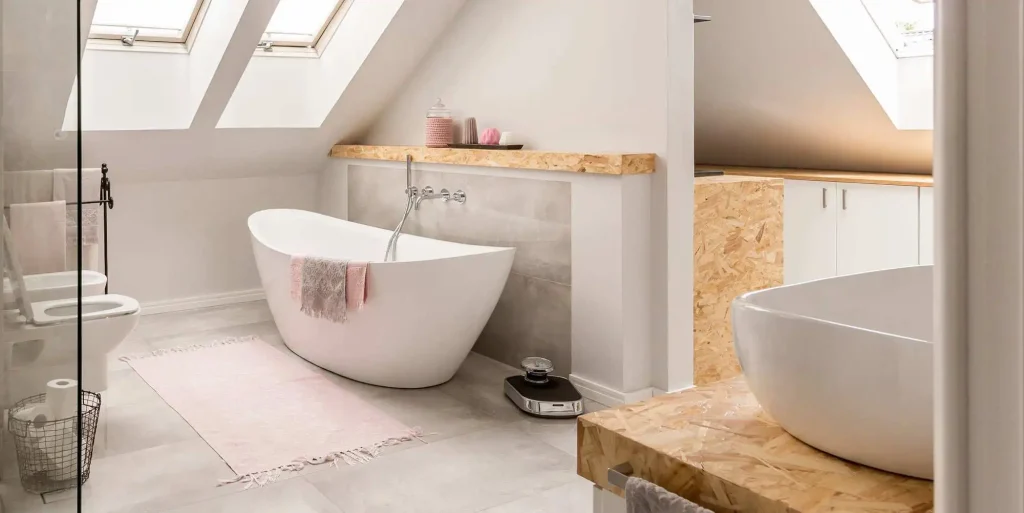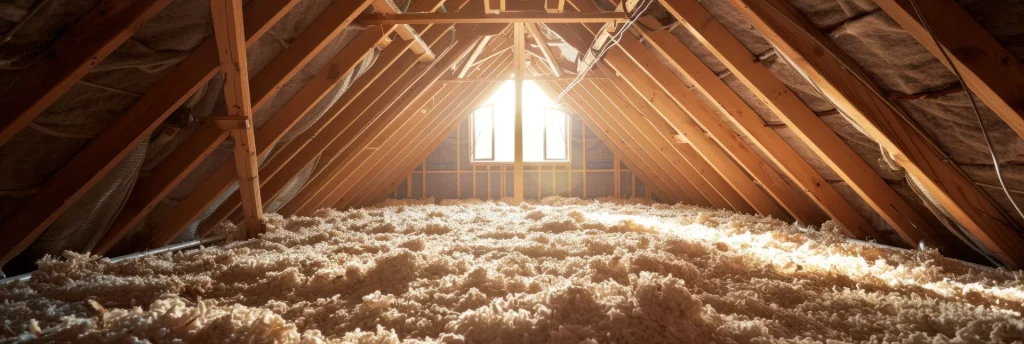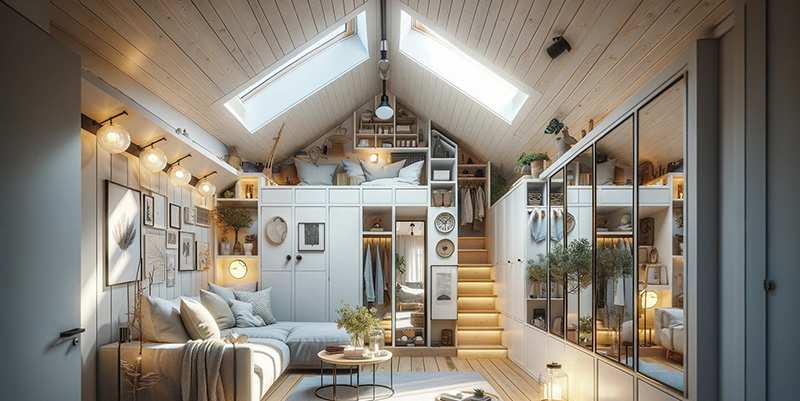Loft conversions are a popular way to maximise space and add value to your home. Transforming an unused attic into a functional living area can be an exciting project, but it requires careful planning and consideration, particularly regarding safety.
Safety in loft conversions is paramount to ensure that the new space is not only practical but also secure for its occupants.
This blog will guide you through the essential safety aspects to consider when undertaking a loft conversion, ensuring a smooth and secure process.
Planning and Regulations
Before starting any loft conversion project, it is crucial to understand and comply with building regulations.
These regulations ensure that the conversion meets structural and safety standards, protecting the integrity of your home and the well-being of its occupants. Obtaining the necessary permissions and approvals from local authorities is a vital first step.
Adhering to key safety standards involves ensuring the loft’s design includes proper structural support, fire safety measures, and adequate ventilation.
Ignoring these regulations can lead to costly modifications later and potential safety hazards, making initial compliance essential.

Structural Integrity
Assessing the structural suitability of your home for a loft conversion is essential.
A professional structural engineer can determine whether your existing structure can support the additional weight of the new living space. Reinforcing the existing structure may be necessary to ensure stability and prevent any future issues.
Professional structural assessments help identify any potential problems early on, allowing for timely corrections.
This not only safeguards the integrity of your home but also ensures the safety of everyone using the converted loft.
Fire Safety
Fire safety is a critical component of any loft conversion. Installing fire-resistant materials, such as fire-rated plasterboard, can help contain a fire should one occur.
Additionally, fire doors and escape routes must be incorporated into the design to provide safe egress in case of an emergency.
Integrating smoke alarms and fire suppression systems, such as sprinklers, enhances safety further.
These measures ensure that any fire can be detected and controlled promptly, reducing the risk to life and property.

Electrical and Plumbing Safety
Ensuring safe electrical installations is paramount in loft conversions.
All electrical work should be carried out by certified professionals to prevent hazards such as electrical fires and shocks. Proper planning and execution of electrical wiring are essential to ensure the safety and functionality of the new space.
Similarly, plumbing must be planned and installed correctly to avoid leaks and water damage.
Certified professionals should handle all installations to ensure they meet safety standards and function correctly, providing peace of mind for homeowners.
Insulation and Ventilation
Proper insulation is vital to prevent heat loss and maintain a comfortable temperature in your loft conversion.
Using appropriate materials and techniques ensures energy efficiency and contributes to the overall safety by reducing the risk of condensation and mould growth.
Adequate ventilation is equally important to prevent dampness and maintain good air quality.
Ensuring your loft conversion has proper ventilation systems in place helps avoid health issues related to poor air circulation and keeps the environment safe and comfortable.
Health and Safety During Construction
Health and safety during the construction phase are crucial to protect builders.
Adhering to safe practices, such as using scaffolding correctly and maintaining clear walkways, reduces the risk of accidents and injuries on site.
The proper use of personal protective equipment (PPE) and maintaining a clean, hazard-free construction site further enhance safety.
These precautions ensure that the project progresses smoothly without compromising the well-being of those involved in the construction.

Conclusion
In conclusion, prioritising safety in loft conversions is essential for creating a secure and functional living space.
From planning and regulations to fire safety and structural integrity, every aspect of the project must be carefully considered and executed.
Consulting professionals for advice and services can significantly enhance the safety and success of your loft conversion.
By taking the necessary precautions and following best practices, you can ensure that your new loft space is both safe and enjoyable for years to come.





